Heritage and geology
Nottinghamshire is steeped in history, the industrial heritage of mining, lace, textiles and manufacturing, including the test site of the Harrier Jump Jet. It’s also home to the luddites and authors such as DH Lawrence, Byron and Sillitoe. Hucknall is the birthplace of Eric Coats, composer of the Dam Busters theme. It is said that Big Ben, the clocktower bell at the Houses of Parliament, is named after the Nottingham prize fighter Ben Caunt who was also Hucknall born. Both Caunt and Byron are buried at the Church of St Mary Magdalene Hucknall.
Nottingham is also the home of Raleigh Bicycles, the only British manufacturer ever to win the Tour de France. Their sister company Carlton Cycles was based in north Nottinghamshire at Carlton in Lindrick.
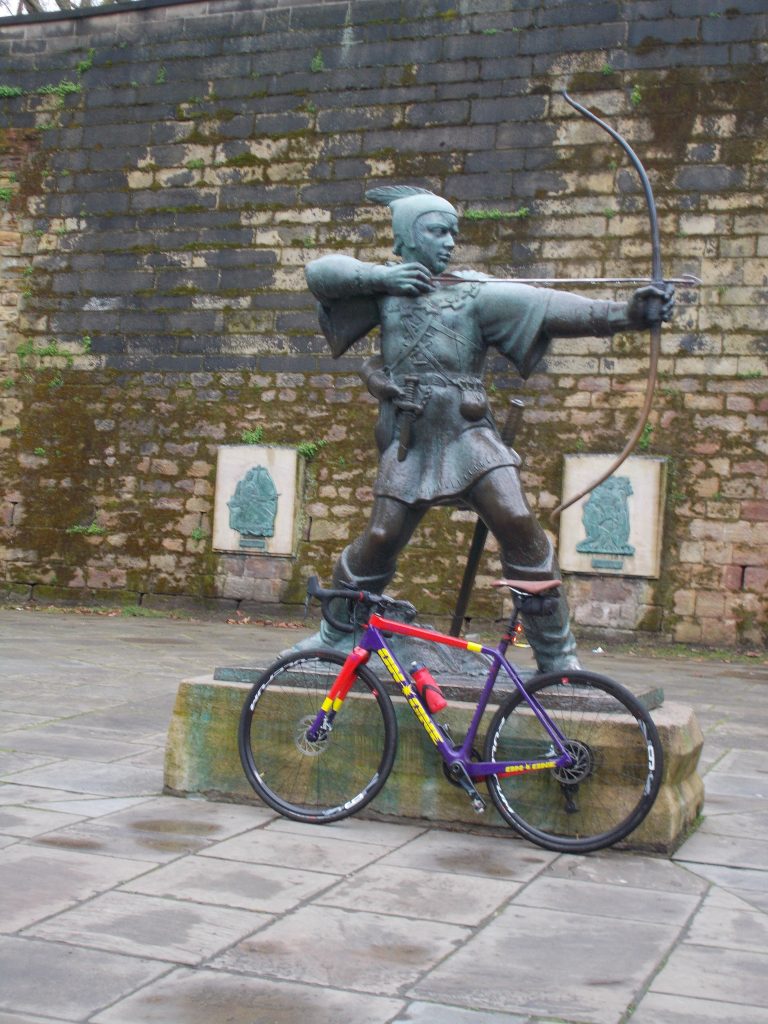
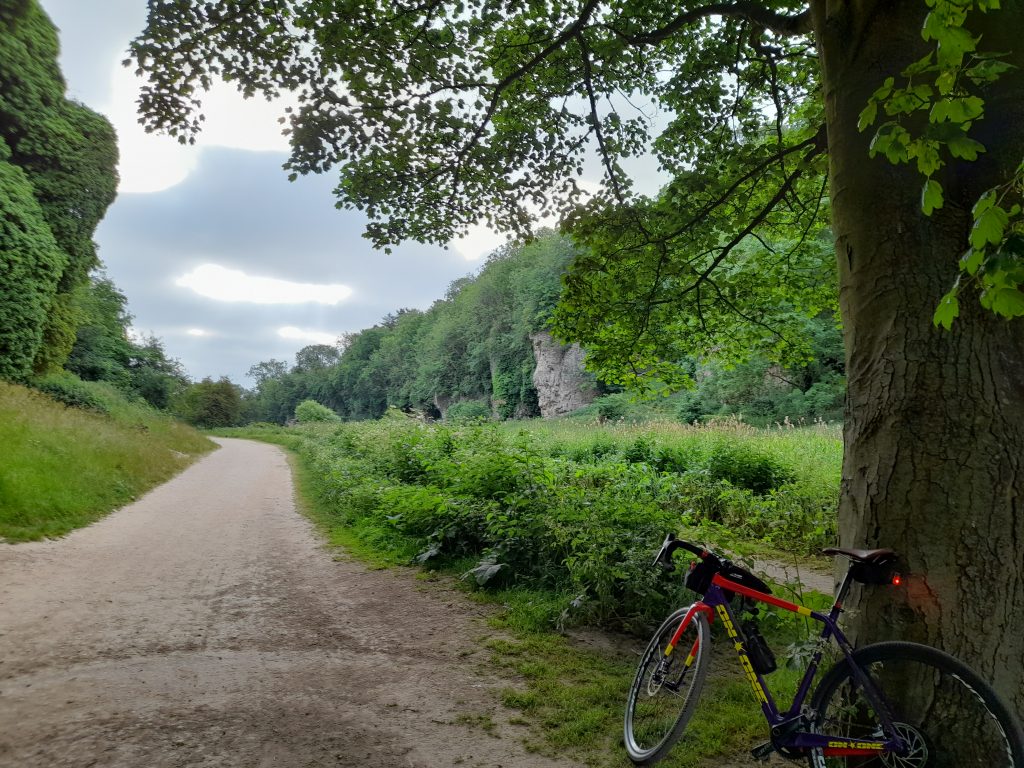
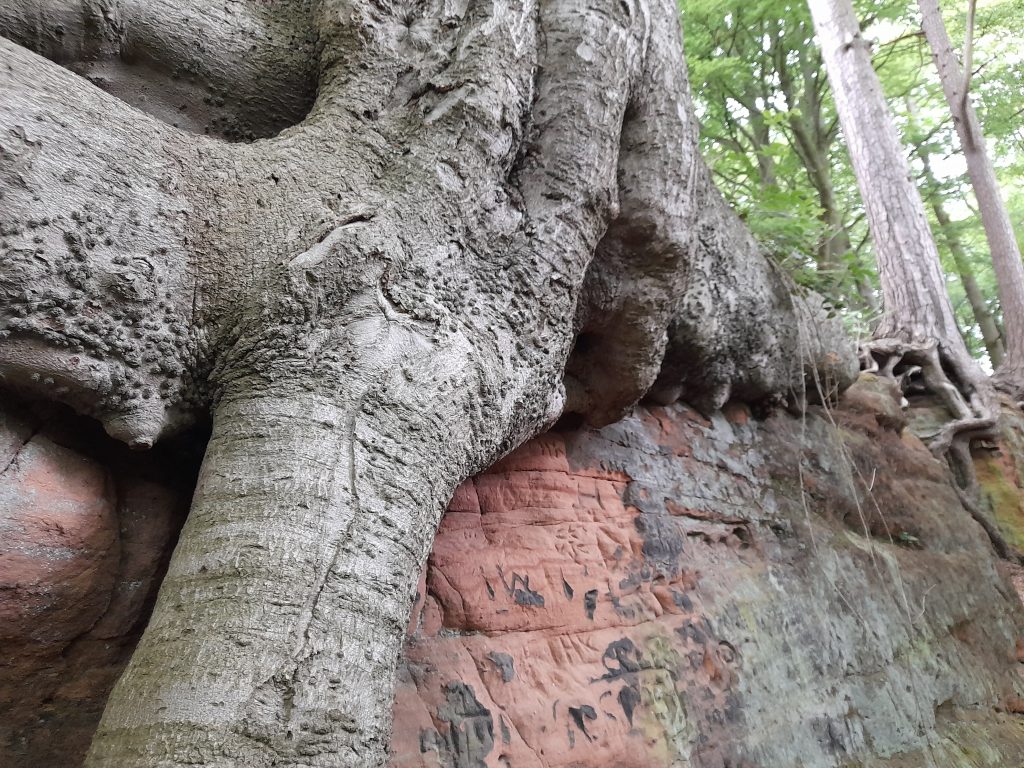
The city itself is built on sandstone which forms a network of caves, some of whom can be visited. It is filled with historical gems and that is why we had to include a route through this greenest of cities.
The sandstone gives way to limestone in the north at the Derbyshire boarder with Creswell Crags providing extraordinary geology and cave features to visit. The gravel ride out of Creswell back into Nottinghamshire also delivers gems with historic lanes cut through sandstone. The other geology Nottinghamshire is famous for is of course coal. Evidence of it’s mining past are littered across the county. Where there’s coal there’s oil. Nottinghamshire once had an oil industry expanded during World War 2. One of our rides passes on of the last working nodding donkeys in the county.
Then there’s the mythology that surrounds Nottinghamshire with the legend of Robin Hood at its core. Reminders of the Robin Hood legend are spread across the county from Nottingham Castle, The Major Oak and King John’s Palace. Each guide includes a list of places of interest and links for more information. If you are planning a stay in the county Visit Nottinghamshire provides useful information.
Gravel riding in Nottinghamshire
There are a wealth of cycling options for the dedicated gravel rider. Ancient woodlands offering technically challenging sections and vast forest to the north with fast undulating fire breaks. The county is well served by the National Cycle Network (NCN) and Nottinghamshire’s canal network adds to the options, not to mention the plentiful supply of green lanes and byways. One of the advantages of gravel riding in Nottinghamshire is that the lanes and trails are less busy than those of neighbouring Derbyshire.
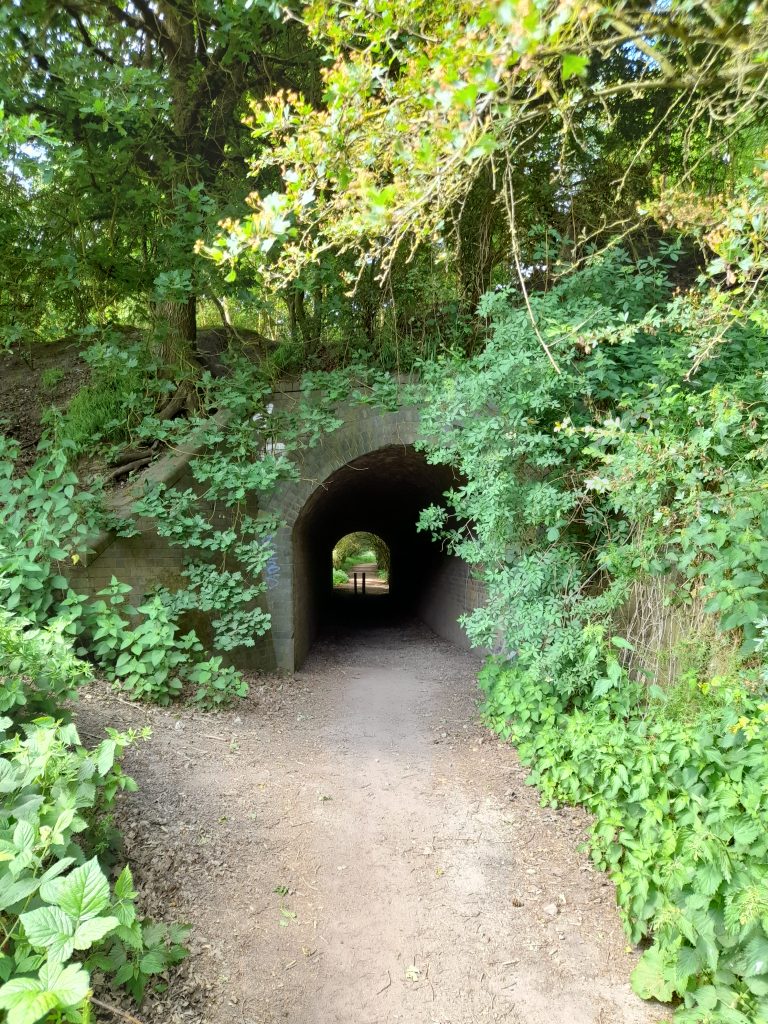
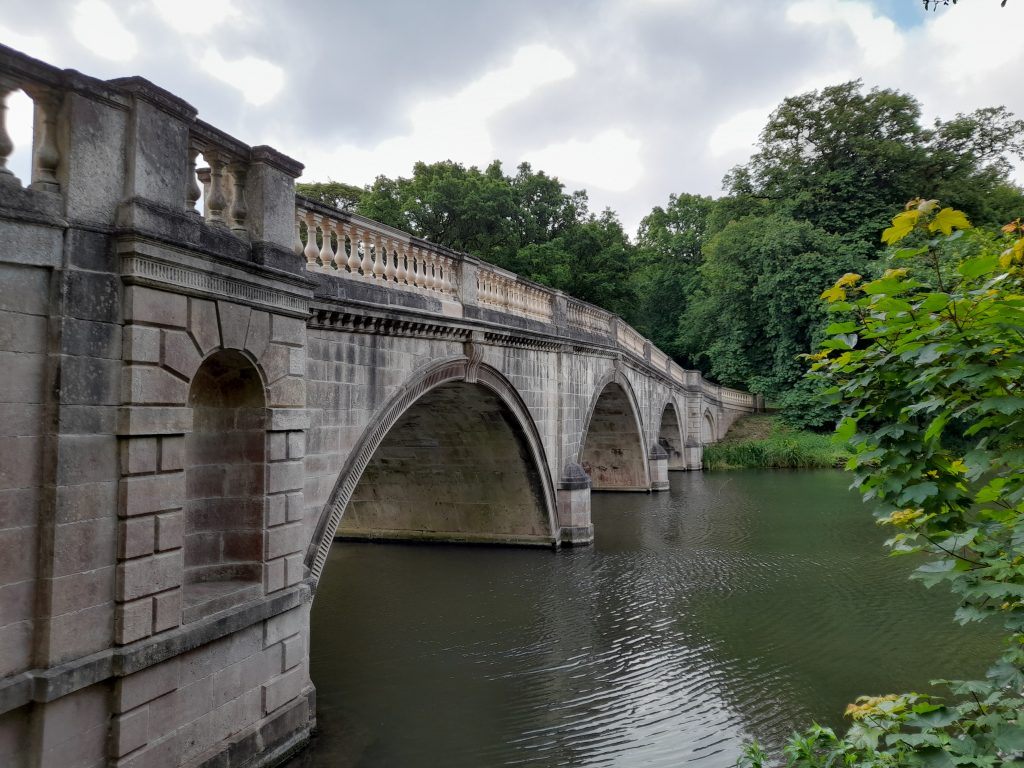
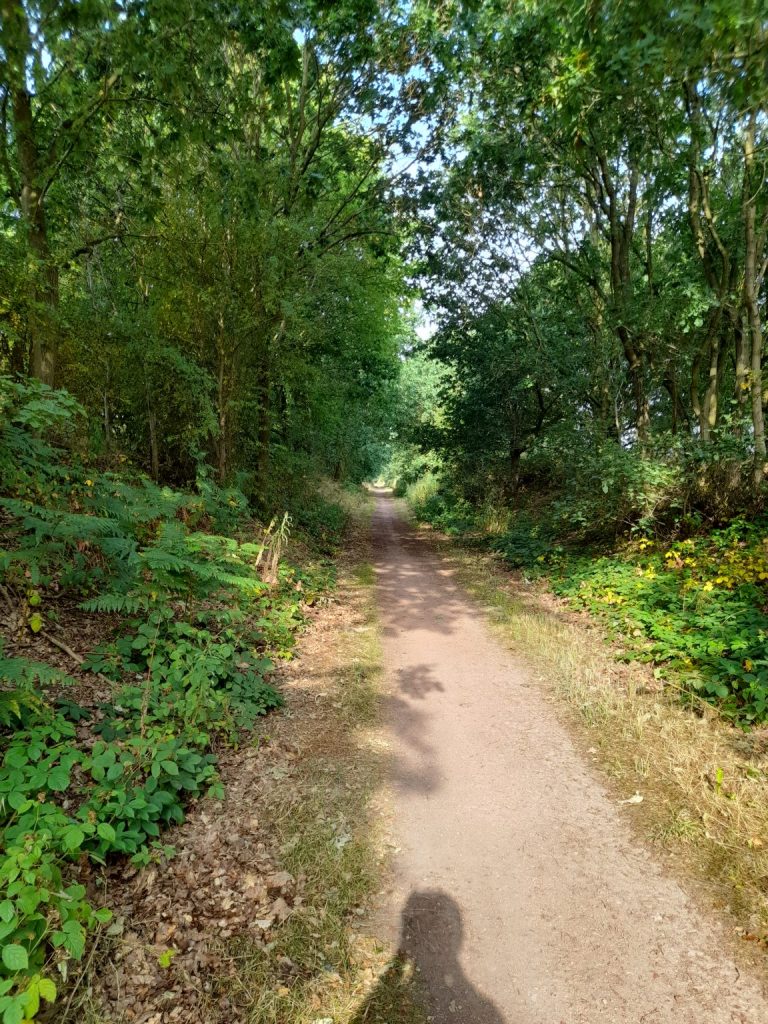
Large parks are scattered across the county, Clumber Park being the largest providing multiple options both on and off tarmac. Others include Wollaton Park, Holme Pierrepont, Colwick Country Park and of course Newstead Abbey.
To the south there is less gravel to be found but plenty of single track country roads with interesting villages and no shortage of coffee stops. The south is also served by the Grantham canal which feature in our south Nottinghamshire rides. The Vale of Belvoir lies to the far south bordering Nottinghamshire, Leicestershire and Lincolnshire.
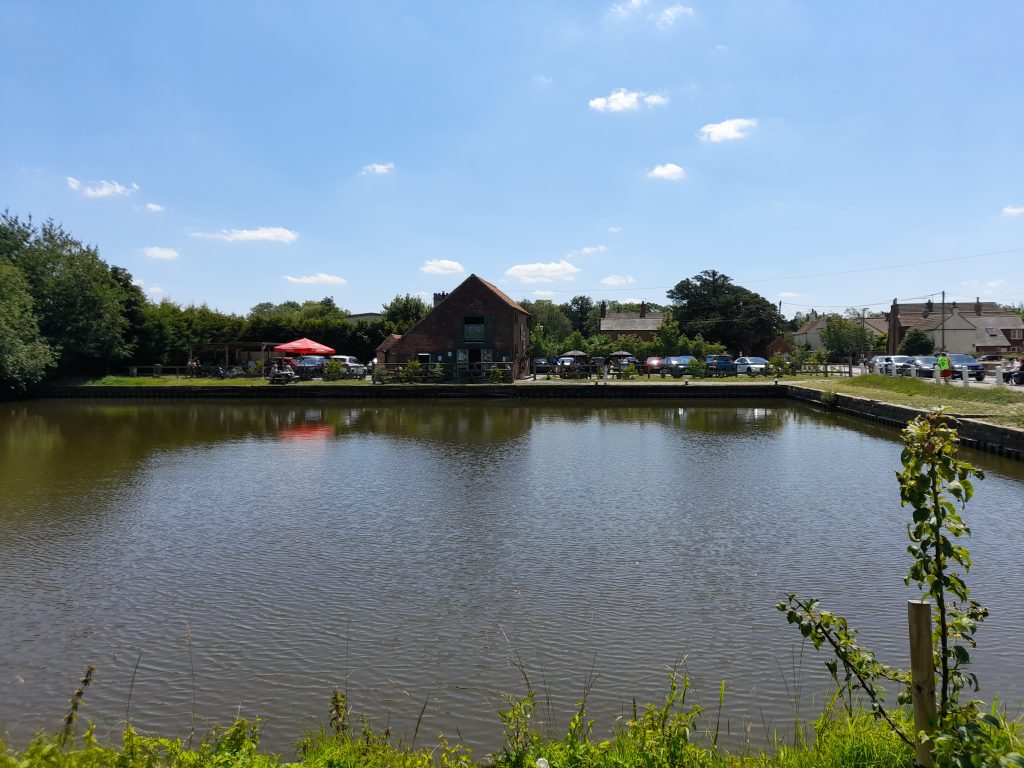
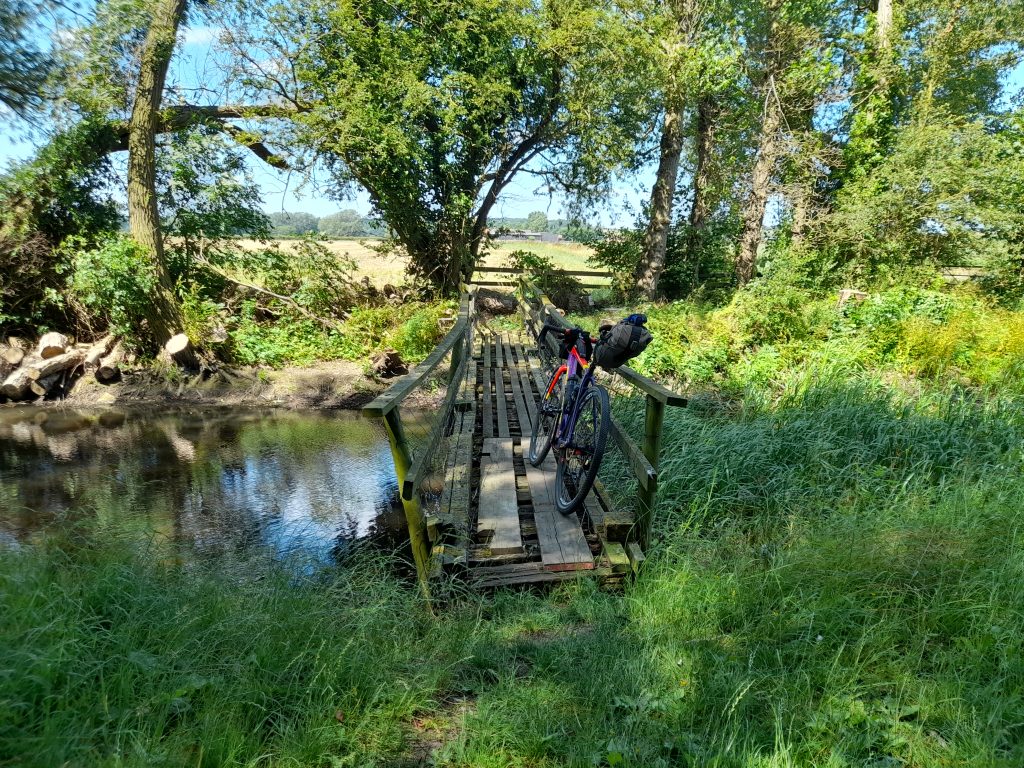
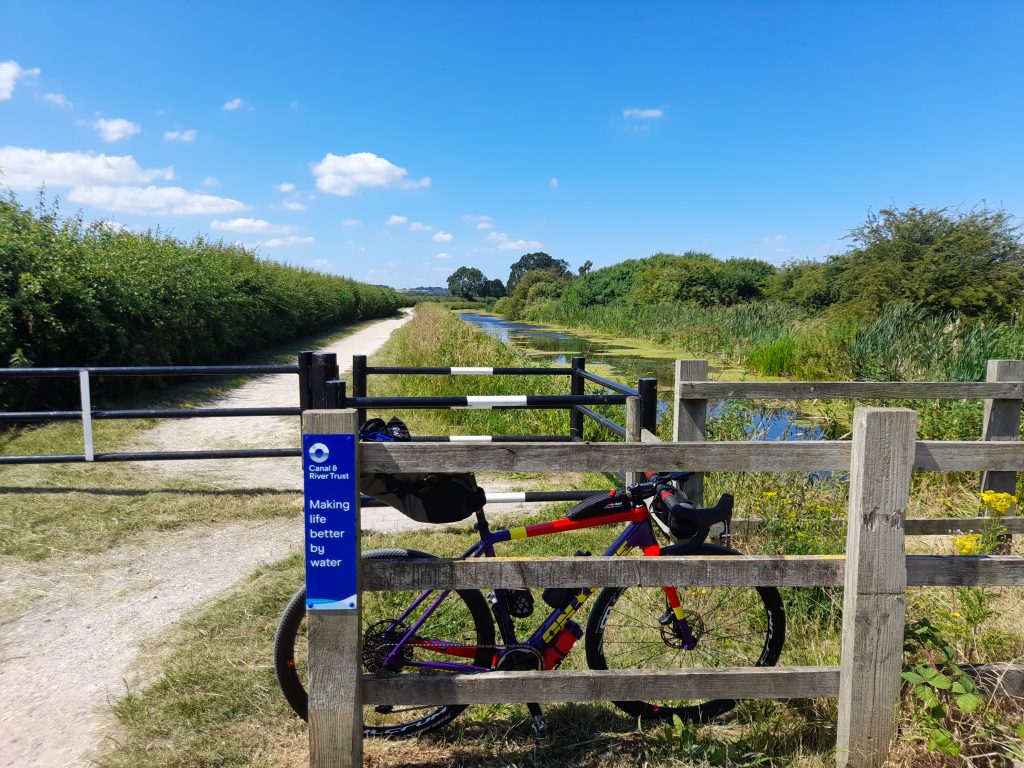
The banks of the River Trent can be followed for the majority of its course through the county. From the city’s Victoria Embankment through to Newark-on-Trent and north into Lincolnshire. For the author there are three highlights along the Trent, Trent Bridge Nottingham, the route through Newark with its castle on the banks of the river and Fledborough Viaduct.
Take your time to plan and enjoy this wonderful county offering interesting places, good gravel and the least explored.



